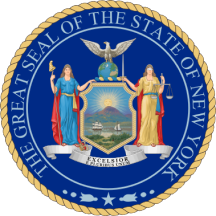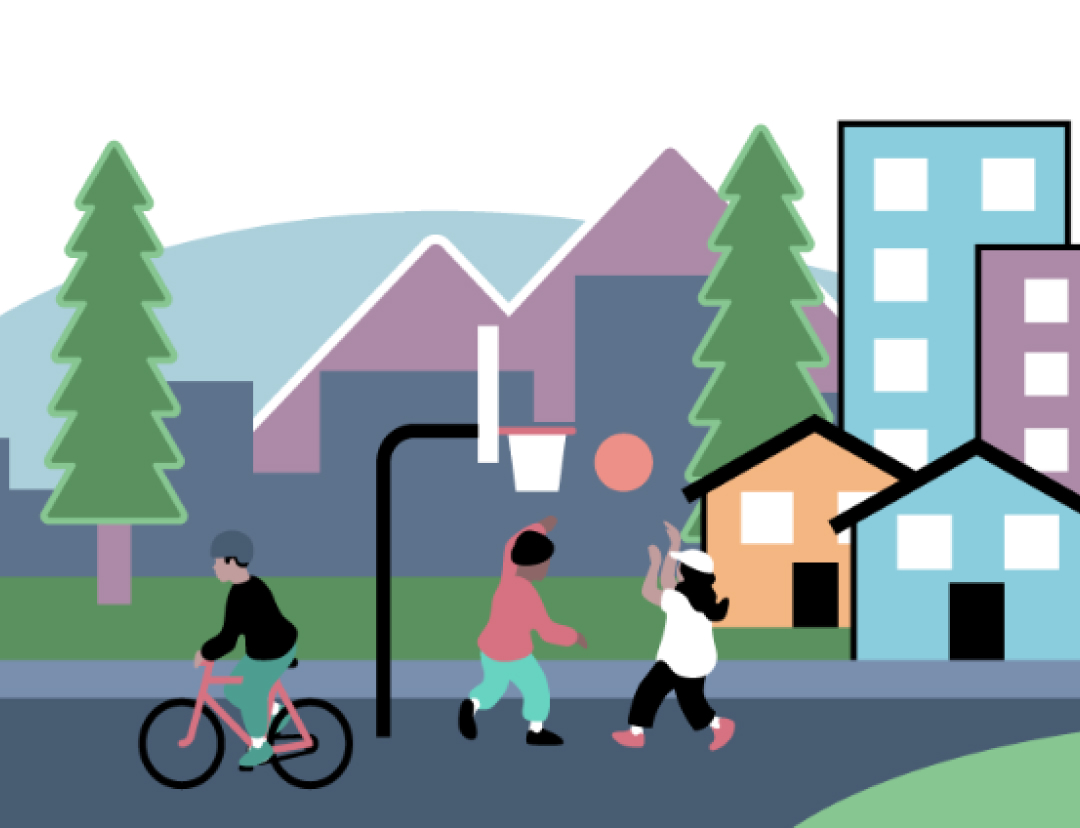At 42, Tameka Bostick decided to learn how to swim. Before starting her beginner swim class in Westbury, New York, she tried to enroll her teenage daughter. However, her daughter insisted that Bostick should learn first. "'Ma, you do it first and see how it is, and then I'll do it,'" Bostick recalled. Growing up in New York City housing projects, she had limited access to pools and never had the opportunity to learn.
Bostick is not alone in her journey. Paulana Lamonier, founder of the nonprofit organization Black People Will Swim, started the initiative in 2020 to address the lack of Black and Brown swimmers. Lamonier aims to create a ripple effect by teaching more Black individuals to swim, which could lead to an increase in Black swim instructors and lifeguards. "The numbers don't lie," Lamonier stated. "Black and Brown people are more likely to drown than their white counterparts."
The history of segregation in swimming pools in the United States has contributed to these disparities. In the early 1900s, as pools began to open for mixed-gender swimming, access for Black Americans was often restricted. Racial tensions escalated, leading to riots at integrated pools. According to a University of Montana history professor, Jeff Wiltse, racial segregation in public pools was a nationwide issue, not limited to the South.
Although the Supreme Court ruled in 1973 that swimming associations could not limit access based on race, the effects of historical segregation linger. Research indicates that 64% of Black children have little to no swimming ability. The Centers for Disease Control and Prevention (CDC) reports that Black individuals under 30 are 1.5 times more likely to drown than their White peers. The disparity is even more pronounced among children, with Black children ages 10 to 14 being 7.6 times more likely to drown in pools than their White counterparts.
Dr. Samuel Myers, Jr., a professor at the University of Minnesota, highlighted the alarming drowning rates among African American males. He began researching these disparities after noticing the lack of Black parents at his daughter's swim meets. Myers found a correlation between drowning rates and the presence of Black lifeguards, noting that "drowning rates are lower when there are more Black lifeguards."
Bostick, who moved to Long Island from New York City, was determined to ensure her daughters learned to swim. After seeing an advertisement for Black People Will Swim on social media, she signed up for lessons, taking advantage of discounts and scholarships offered by partner organizations. Outdoor Afro, a partner of Black People Will Swim, has provided over 3,000 "swimmerships" to individuals in Black and Brown communities through its "Making Waves" program.
Rue Mapp, founder of Outdoor Afro, emphasized the importance of addressing this public health crisis. "No child, no one in America, should have any barrier to connecting to water," she said. Mapp acknowledged that many people are unsure where to start when it comes to swimming lessons. "A door needs to just be opened," she added.
Bostick, who travels 40 minutes for her lessons, described the experience as "very humbling." After learning essential water safety skills, she felt empowered during a recent Fourth of July swim. "I was able to use the skills I learned in here out there," she said. "I felt like a superstar!" Bostick expressed gratitude for her decision to learn to swim as an adult, stating, "There's nothing to be ashamed of, I'm 42 and just now learning. And I love it!" She wishes she had learned earlier but is thankful for the opportunity to step outside her comfort zone.

 Local News in New York
Local News in New York

 CBS News
CBS News Associated Press Top News
Associated Press Top News NBC Bay Area World
NBC Bay Area World KPTV Fox 12 Oregon
KPTV Fox 12 Oregon Dallas Observer
Dallas Observer The Journal Gazette
The Journal Gazette Missoula Current
Missoula Current People Human Interest
People Human Interest CBS19 News Crime
CBS19 News Crime KGET 17 News
KGET 17 News